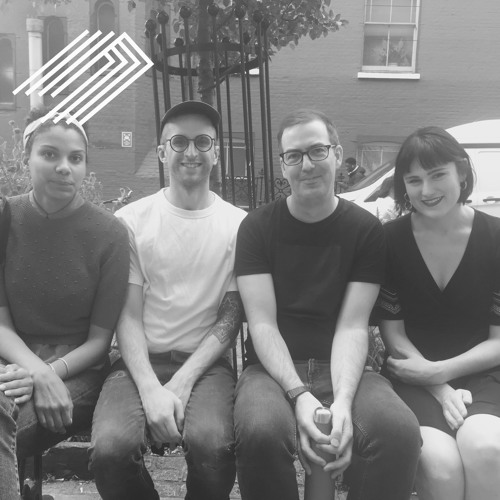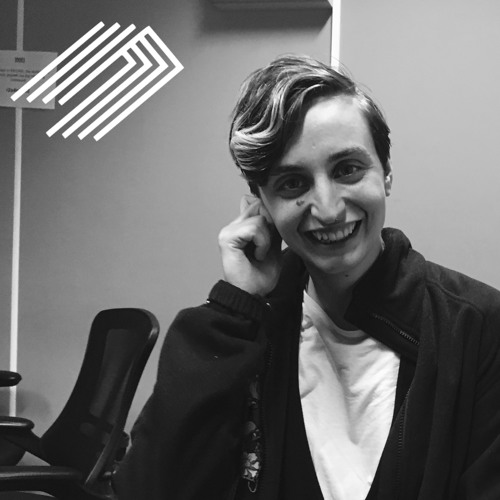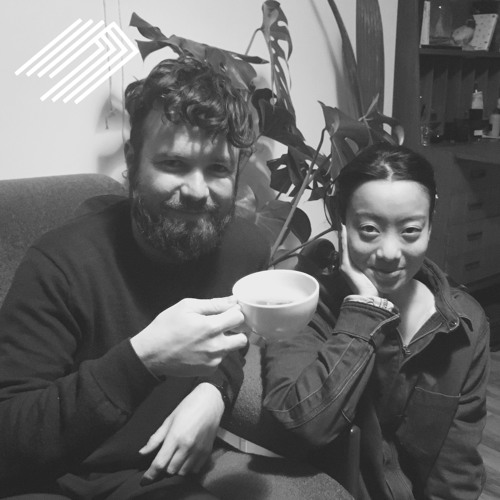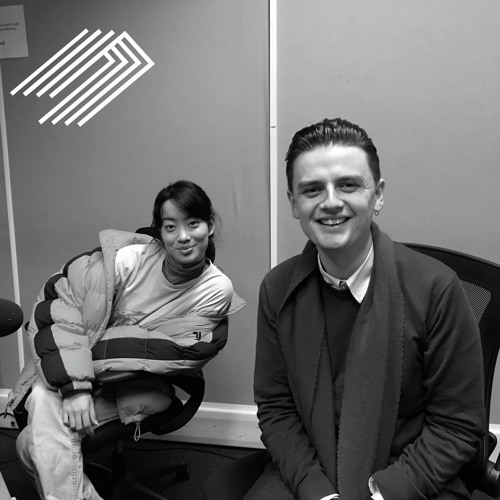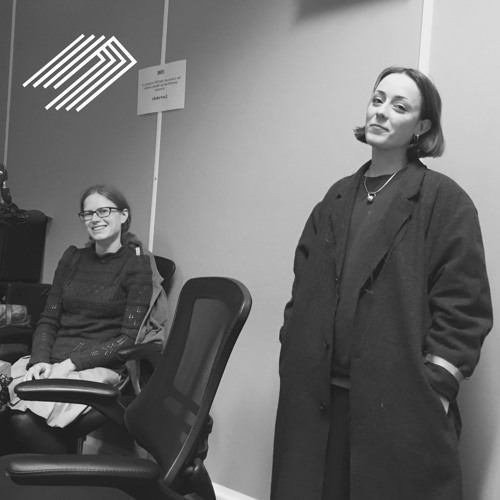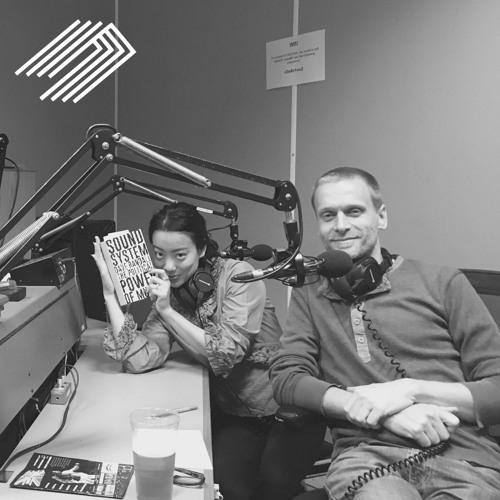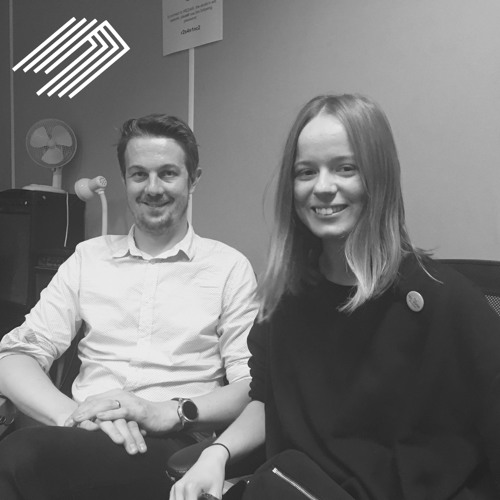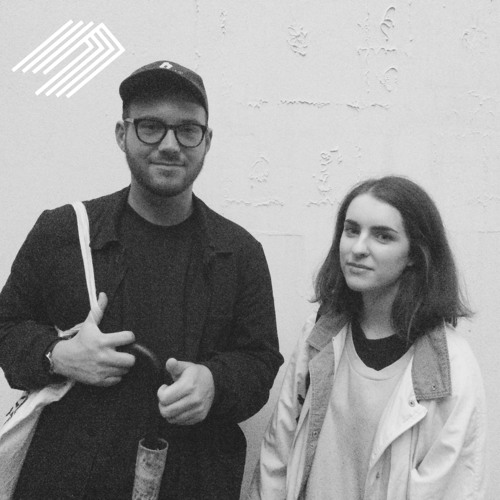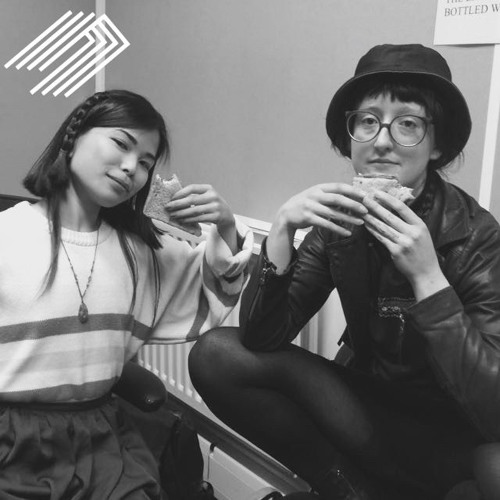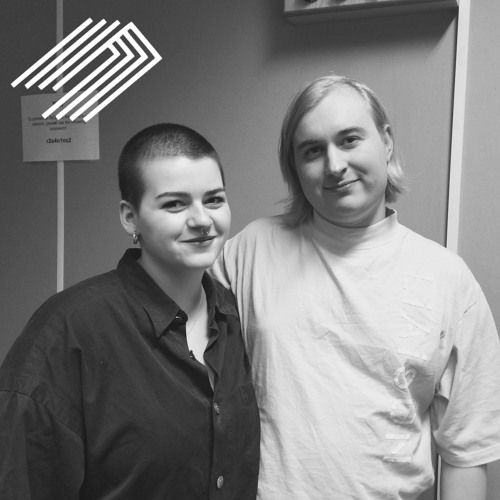RAVE // DB1 & George Rayner-Law on Resonance FM
Update: 2017-11-24
Description
If we should be thankful for anything from the 90s UK pop culture, it should rave. The rave culture of 90s UK can be a hard one to describe. ‘Rave’ can often hold a broad definition, encircling any and all culture related to nightclubs or to dancing. But there is a specific 90s trend in music culture that ‘rave’ is home to. Inspired by the Ibiza clubs and the development of house and techno in Chicago and Detroit, rave parties and rave records began appearing in the UK at the turn of the decade. They were high-octane, anarchistic, and fuelled by kilos of MDMA. Imagine 20,000 people dancing in a field to repetitive breakbeat on a homemade sound system off the M25. This was the spirit of rave. Although seemingly trivial, this odd historical moment in UK culture sparked an explosion of dance music throughout 90s. The format of rave was ultimately responsible for the development of acid, jungle, speed garage and bassline: some of the UK’s most urgent and innovative music from the past 20 years.
One common criticism of rave was its apolitical bent. In some ways, rave seemed decidedly anti-political. Ravers simply had no demands besides a space to dance and the decriminalisation of E. History, it would seem, had ended. All we could do now was party. But this is an unfair portrayal. One of the first illegal warehouse parties in the UK was the legendary R.I.P club. It’s said that the majority of the attendees thought the club’s name was an abbreviation of ‘Rave In Peace’. It was actually ‘Revolution In Progress’. But what was this revolution that they were aiming for? The political attitude of rave was one that aimed to counter the previous Thatcherite “virtues” of the 80s: austerity, providence and tightening ones belt for the future. Suddenly, living hand-to-mouth, in the here-and-now became a political goal worth fighting for.
Is there a sense in which we have forgotten how to enjoy ourselves? Should we, as Simon Reynolds asks, “make of joy once more a crime against the state”? On this month’s Resonance FM show, we talked to DB1 and our Resonance studio engineer, George Rayner-Law about RAVE: its music, its culture, ‘the hardcore continuum’ and fighting for the right to party.
Tracklist:
Akzidenz - Legacy Support
Double 99 - RIP Groove
DB1 - Feld
Head High - RAVE
Zomby - Float
One common criticism of rave was its apolitical bent. In some ways, rave seemed decidedly anti-political. Ravers simply had no demands besides a space to dance and the decriminalisation of E. History, it would seem, had ended. All we could do now was party. But this is an unfair portrayal. One of the first illegal warehouse parties in the UK was the legendary R.I.P club. It’s said that the majority of the attendees thought the club’s name was an abbreviation of ‘Rave In Peace’. It was actually ‘Revolution In Progress’. But what was this revolution that they were aiming for? The political attitude of rave was one that aimed to counter the previous Thatcherite “virtues” of the 80s: austerity, providence and tightening ones belt for the future. Suddenly, living hand-to-mouth, in the here-and-now became a political goal worth fighting for.
Is there a sense in which we have forgotten how to enjoy ourselves? Should we, as Simon Reynolds asks, “make of joy once more a crime against the state”? On this month’s Resonance FM show, we talked to DB1 and our Resonance studio engineer, George Rayner-Law about RAVE: its music, its culture, ‘the hardcore continuum’ and fighting for the right to party.
Tracklist:
Akzidenz - Legacy Support
Double 99 - RIP Groove
DB1 - Feld
Head High - RAVE
Zomby - Float
Comments
In Channel


